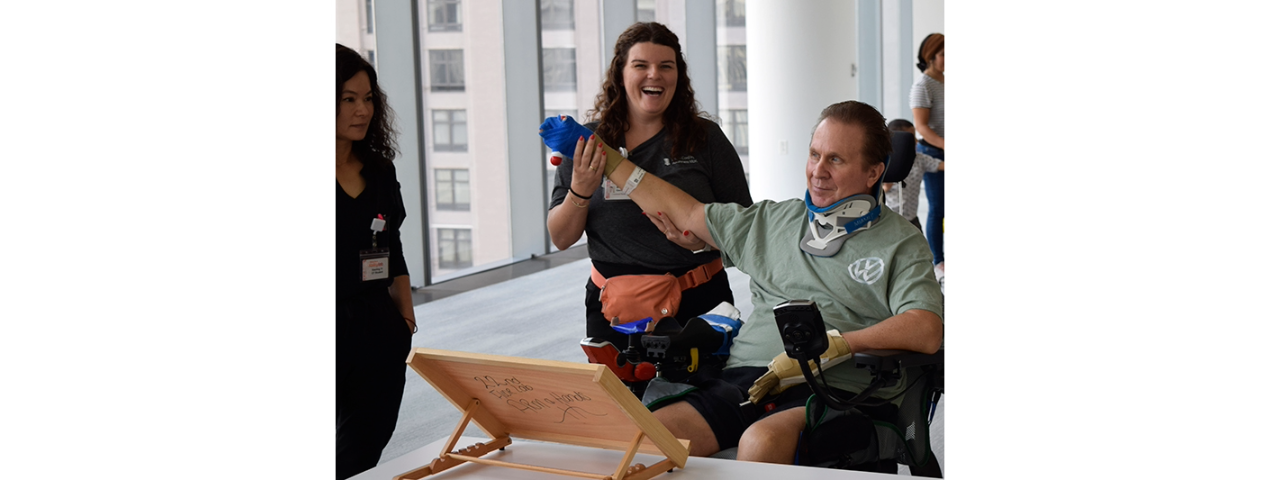Body
Almost everyone will experience low back pain. The good news is that whether your back pain is mild or severe, short-lived or long-lasting, intermittent or constant, most cases will improve within a few weeks. (That doesn't make the experience any less challenging, however.)
To understand what causes back pain, it's important to first understand how the spine works.
-
The building blocks of the spine are vertebral bones, or vertebrae, stacked upon each other.
-
Between these bones are intervertebral disks made of flexible, gelatinous material that provides cushioning and allows for movement.
-
Muscles and ligaments stabilize the bones and disks.
-
The spinal cord and spinal nerves are located inside the spine and allow for communication between the brain and body.
-
The lower end of the spine is called the sacrum. It meets the pelvis at the sacroiliac joint.
Now that you have a basic understanding of the components of your spine, here are five common causes of low back pain:
-
Strain/sprain. Muscles and ligaments can overstretch with activity, like shoveling snow, or returning to activity (i.e., dancing or golfing) after some time off. This resulting stiffness and soreness usually resolves within a few days.
-
Disk injury. The disks of the spine are like jelly donuts—crusty fiber on the outside ("annulus fibrosus") and gelatinous material on the inside ("nucleus pulposus"). Common injuries to disks include a small tear to the annulus, the nucleus pushing ("herniating") into the annulus, or a herniated disk irritating a spinal nerve. This condition causes pain that radiates into the leg (“sciatica”). Disk-related pain often worsens with bending, twisting, or sitting and improves with standing or lying down.
-
Disk aging and degeneration. The normal process of aging causes the disks of the spine to wear away, which causes added pressure and stress on the smaller joints of the spine ("facet joints"). The wear and tear on the disks and facet joints can cause osteoarthritis, leading to pain or stiffness. Prolonged sitting or standing can aggravate this pain, and movement can alleviate it.
-
Spinal stenosis. This condition involves narrowing of the space around the spinal cord and spinal nerves. With osteoarthritis of the spine, bone spurs develop and contribute to this narrowing, causing back, buttock, and leg pain or fatigue. This pain, which stereotypically affects older patients, is usually worse while standing and walking and better while sitting and leaning forward.
-
Sacroiliac (SI) joint pain. Too much or too little movement in the joint can cause SI joint pain. The pain is characteristically unilateral low back and buttock pain that may radiate into the leg. Women, especially those who are pregnant and post-partum, are most susceptible. This pain is typically worse with transitional movements, such as rolling over in bed or getting into or out of a car.
No matter which of these conditions is causing your low back pain, treatment options are similar: ice, moist heat, and over-the-counter medications such as acetaminophen, non-steroidal anti-inflammatory drugs (NSAIDs) like ibuprofen and naproxen, and topical pain relievers like lidocaine.
But, to truly prevent or minimize low back pain, good posture and optimal ergonomics are important—when sitting, standing, lifting, and even walking. Physical therapy can help by alleviating pain, restoring range of motion and flexibility, and improving core stability.
Remember to fight gravity — sit and stand tall; lift with your legs, not with your back; and bend forward at the hips, not at the back.
This blog was originally posted on https://chicagodancersunited.org/
Meet the Author
Mentioned Profile

Maria Reese, MD
Attending Physician Medical Director, Performing Arts Medicine ProgramBody
Maria Reese, MD, is a sports medicine physician who specializes in non-operative management of musculoskeletal injuries with a particular interest and skill for treating performing artists. She completed her medical training at the Keck School of Medicine of the University of Southern California, where she received humanitarian and leadership awards. She completed her Physical Medicine and Rehabilitation (PM&R) Residency and Sports Medicine Fellowship at Northwestern University/Shirley Ryan AbilityLab, where she served as chief resident. She is an Assistant Professor of PM&R at Northwestern University Feinberg School of Medicine. She has served as the Medical Director of the Performing Arts Medicine Program at Shirley Ryan AbilityLab since 2014. As part of this program, she cares for amateur to elite performers from various theaters, pre-professional schools, and the local and national community. The Journal of the American Medical Association (JAMA) featured her dedication to performing artists in the article “A Day in the Life: Performing Arts Physician Saves Careers by Fine-tuning Artists’ Form” in its October 2019 edition. In addition to her clinical skills, Dr. Reese offers bedside ultrasound evaluation and performs ultrasound and fluoroscopically guided procedures to provide multiple treatment options for her patients.

